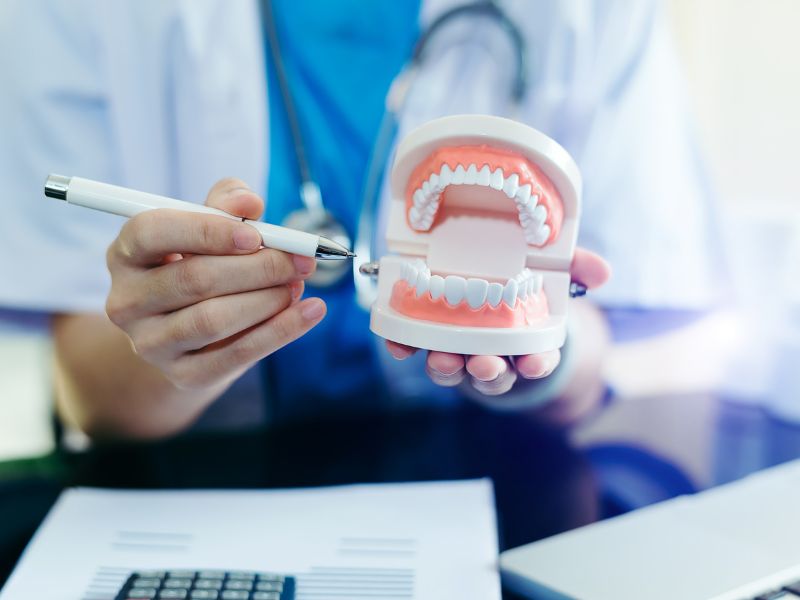Diagnosing issues within a diesel engine system is an intricate process that demands a fusion of technical knowledge, hands-on experience, and astute problem-solving skills. The art of diesel system diagnosis is an indispensable skill, essential for maintaining the reliability, efficiency, and performance of these robust powerhouses. This comprehensive guide navigates the complexities of diesel system diagnosis, outlining key methodologies, tools, and expert insights for precise problem identification.
Understanding Diesel Systems
- Engine Fundamentals: A solid grasp of diesel engine principles, including compression ignition, fuel delivery, common rail diesel repairs, air intake, and exhaust systems, forms the foundation for accurate diagnosis.
- Key Components: Familiarity with critical components like injectors, turbochargers, fuel pumps, and electronic control systems aids in understanding their functions and potential failure points.
Symptoms and Gathering Information
- Symptom-Based Analysis: Understanding reported symptoms such as power loss, rough idling, smoke emissions, or starting problems guides the initial diagnostic process.
- Operator/Client Information: Gathering detailed information from operators or clients regarding observed behaviors and recent maintenance helps in narrowing down potential issues.
Diagnostic Tools and Techniques
- Code Readers and Scanners: Utilizing diagnostic tools to retrieve error codes and live engine data aids in identifying potential issues within the engine control system.
- Multimeters and Testers: Measuring electrical parameters and conducting tests to evaluate circuits, sensors, and actuators ensures proper electrical system function.
- Pressure Gauges and Test Kits: Testing fuel, oil, and coolant system pressures aids in identifying leaks, irregular pressures, or blockages affecting engine performance.
Systematic Troubleshooting Approach
- Fuel System Assessment: A methodical evaluation of fuel filters, pumps, injectors, and delivery lines helps pinpoint issues affecting fuel delivery and combustion efficiency.
- Air Intake Inspection: Examination of air filters, intake manifolds, turbochargers, and associated components detects issues related to reduced airflow or abnormal combustion.
- Exhaust System Examination: Inspecting exhaust components, particulate filters, and after-treatment systems identifies issues affecting emissions or exhaust flow.
Advanced Diagnostic Techniques
- Pressure Testing: Conducting pressure tests for fuel, oil, and coolant systems helps identify leaks, irregular pressures, or blockages affecting engine performance.
- Component Isolation: Isolating specific engine components or systems helps pinpoint faults accurately, reducing diagnostic time and error margin.
Electrical System Diagnostics
- Sensor Testing: Using diagnostic tools to test sensors, wiring, and electrical connections aids in identifying faults causing electrical issues.
- ECU Analysis: Interpreting engine control unit (ECU) data logs and live engine data assists in diagnosing issues related to electronic control systems.
Repair Solutions and Strategies
- Component Replacement: Precision replacement of worn or damaged parts such as injectors, sensors, or gaskets restores engine functionality.
- Calibration and Adjustment: Fine-tuning parameters like injection timing or electronic control system settings optimize engine performance.
Documentation and Record-Keeping
Maintaining detailed records of diagnostics performed, parts replaced, and adjustments made aids in tracking issues, observing recurring problems, and planning future maintenance.
Safety Protocols
Adhering to safety standards, utilizing appropriate personal protective equipment, and maintaining a safe workspace ensures mechanic well-being during diagnostics and repairs Visit My Site.
Professionalism and Communication
Clear and concise communication with clients, operators, or colleagues regarding identified issues, proposed solutions, and repair timelines fosters trust and ensures client satisfaction.
Continual Learning and Development
Continually updating knowledge through workshops, training, and staying abreast of evolving diesel engine technologies and diagnostic methods ensures proficiency in handling new engine models.
Conclusion
The art of diesel system diagnosis requires a meticulous and systematic approach, leveraging technical expertise, diagnostic tools, and problem-solving skills. By embracing these methodologies and expert insights, mechanics navigate the complexities of diesel systems, ensuring precise problem identification and effective resolution.
Expertise in diesel system diagnosis stands as a cornerstone in maintaining the reliability, efficiency, and performance of diesel engines across diverse industries and applications. The mastery of this art ensures that diesel engines continue to power progress, transportation, and industrial operations with unparalleled reliability and efficiency.


